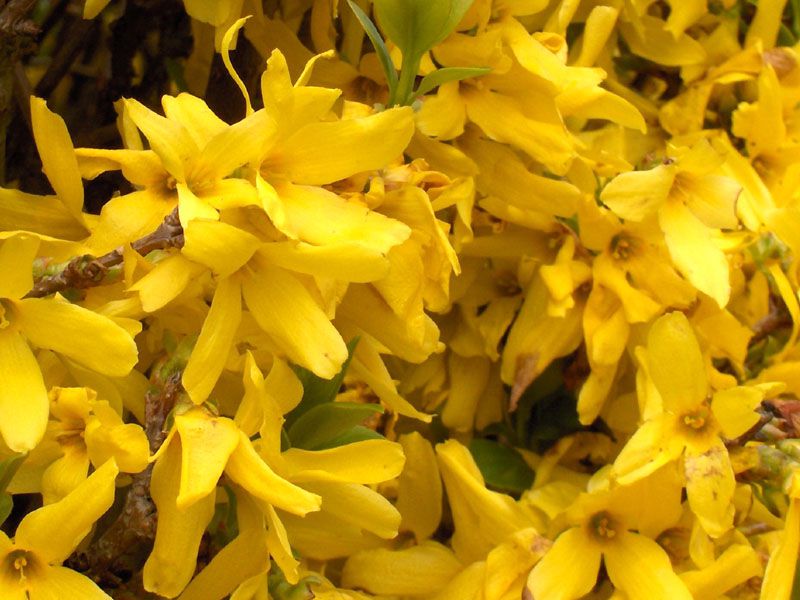-
 Epstein-Barr virus
Epstein-Barr virus
-
 Tiger mosquito
Tiger mosquito
-
 Arthritis
Arthritis
-
 Grizzly
Grizzly
-
 Shipwreck of the Ievoli Sun
Shipwreck of the Ievoli Sun
-
 Bifurcation
Bifurcation
-
 Helsinki Convention
Helsinki Convention
-
 Geometric coordinates
Geometric coordinates
-
 Nutation
Nutation
-
 Lamellar bone
Lamellar bone
-
 Infertility
Infertility
-
 Inhibition
Inhibition
-
 Psychosomatic
Psychosomatic
-
 Transplant organ or tissue
Transplant organ or tissue
-
 Gateway
Gateway
-
 Chipset
Chipset
-
 Lazarus taxon
Lazarus taxon
-
 Vasodilatation
Vasodilatation
-
 Black liquor
Black liquor
-
 Xenotransplant
Xenotransplant
-
 Frame
Frame
-
 Synaptic junction
Synaptic junction
-
 Jerusalem artichoke
Jerusalem artichoke
-
 Mercury
Mercury
-
 ETSI
ETSI
-
 Inhalation
Inhalation
-
 Kelvin's postulate
Kelvin's postulate
-
 Depression
Depression
-
 Stenosis
Stenosis
-
 CT arthrogram
CT arthrogram
Forsythia
1 to 3 metres high, with deciduous foliage, the forsythia produces lovely bright yellow flowers that bloom along its branches, as soon as winter comes to an end. When it flowers, spring is not far away.

Forsythia × intermedia. © 4028mdk09, licence Creative Commons Share Alike terms 3.0 Unported
Names
This shrub (Forsythia X intermedia) belongs to the family Oleaceae. It is also called the "Parisian mimosa".

Forsythia × intermedia. © nova77, GNU Free Documentation License version 1.2
Botanic description
Forsythia has erect and bushy branches. Its dark green foliage is deciduous and has single leaves that are opposite each other, lanceolate and have a serrated border. Its flowers are hermaphroditic and appear, strangely, before the foliage. They are bell-shaped with four petals and have golden yellow stamens.
Origins
Originally from Japan, the first live specimen of this plant was introduced into Holland in 1833. A Danish botany professor, Martin Vahl, created its name in honour of William Forsyth, co-founder of the Copenhagen Royal Horticultural Society.
Growing conditions
This species prospers everywhere, even in calcareous soil, as long as it receives enough sunlight. Like all shrubs that flower in the spring, it must be pruned as soon as its flowers wither. Use clippers to shorten all of the main stems that have flowered, at least by a third of their length, on half of the longest stems. Cut the forsythia above a young shoot, and a new branch will grow that will flower the next year. Stems located in the middle, or towards the centre of the clump should be cut as close as possible to the base.
Use
Forsythia is merely a decorative shrub, but only for about one week. It can be successfully included in a hedge, alongside other species. A few branches collected when the plant first blooms will always look fabulous in an elongated vase.
Author: Michel Caron
 Forsythia × intermedia © JoJan licence Creative CommonsShare alike terms 3.0 Unported
Forsythia × intermedia © JoJan licence Creative CommonsShare alike terms 3.0 Unported
Latest
Fill out my online form.



